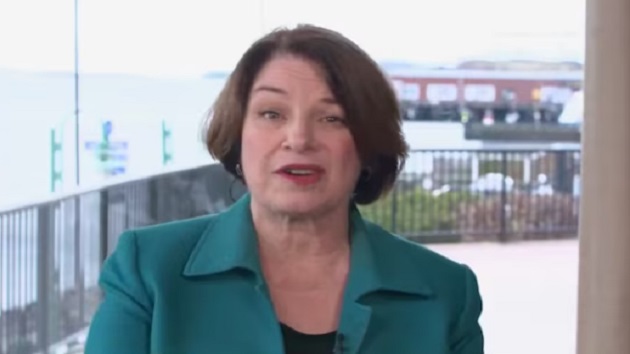Ozone hole over Antarctica grows to one of the largest on record, scientists say
Written by ABC Audio. All rights reserved. on October 4, 2023

(NEW YORK) — The annual ozone hole that forms over Antarctica has ballooned to near-record size, scientists say.
Measurements from satellite imaging taken on Sept. 16 showed that the ozone depletion area had reached 26 million square kilometers — roughly three times the size of Brazil, according to Copernicus, the European Union’s Earth observation program.
Every year, an ozone hole forms over the Antarctic due to the presence of ozone-depleting substances in the stratosphere and the specific conditions of the region, according to Copernicus.
The size of the ozone fluctuates from August to October, typically reaching maximum depletion between mid-September and and mid-October.
This year, the ozone hole got off to an early start and has grown “rapidly” since mid-August, “making it one of the biggest ozone holes on record,” Copernicus Atmosphere Monitoring Service senior scientist Antje Inness said in a statement.
The size of the ozone hole is largely determined by the strength of a strong wind band that flows around the Antarctic area, a result of the rotation of the Earth and the oppositional temperature differences between polar and moderate latitudes.
Ozone levels usually return to normal by mid-December, after temperatures high up in the stratosphere rise in the southern hemisphere, slowing the ozone depletion and weakening the polar vortex, according to Copernicus.
A report released by the United Nations Environment Programme in January found that the ozone layer was on track to recover within decades.
There is some speculation that the unusual behavior of the ozone layer in 2023 is a result of the Tongan underwater volcano eruption in January 2022.
The immense amount of water vapor that was injected into the atmosphere likely just started reaching the south polar region after the end of the 2022 ozone hole, Antje said.
The water vapor could have led to a heightened formation of polar stratospheric clouds, allowing chlorofluorocarbons to react and accelerate ozone depletion.
The impact of the widespread use of damaging chlorofluorocarbons in products such as refrigerators and aerosol tins in the 1970s and 1980s led to the depletion of the ozone high in the atmosphere, allowing for the ozone layer above Antarctica to open up, according to Copernicus.
The Montreal Protocol, a universally ratified United Nations treaty that went into effect in 1989, phased out the production of ozone-depleting substances, including CFCs.
Last month, the U.S. Environmental Protection Agency delayed plans to tighten ozone pollution standards until after the 2024 presidential election.
ABC News’ Meredith Deliso and Gina Sunseri contributed to this report.
Copyright © 2023, ABC Audio. All rights reserved.






